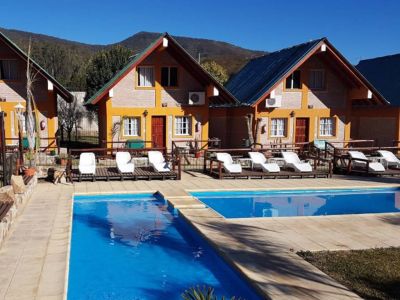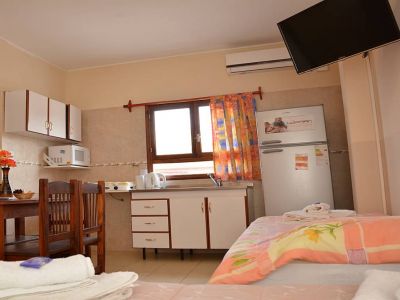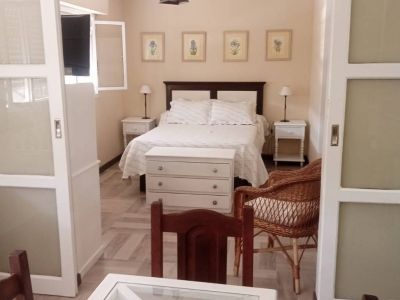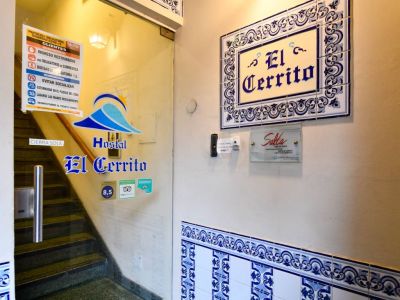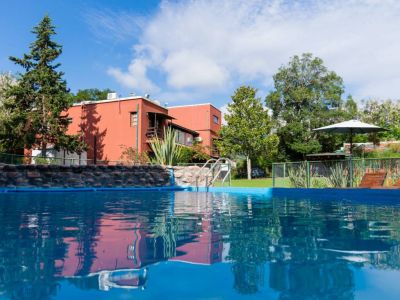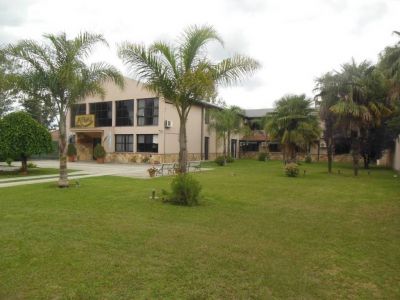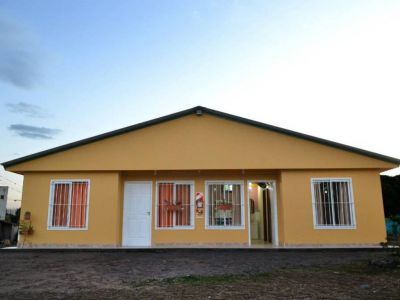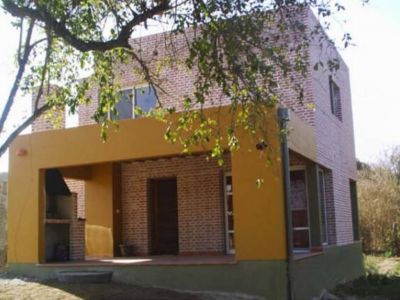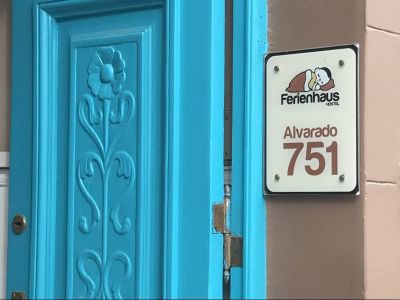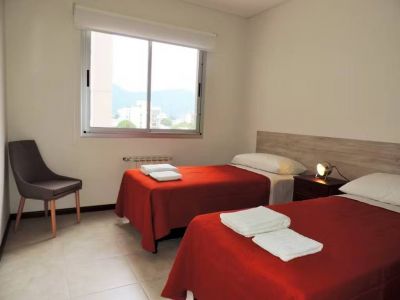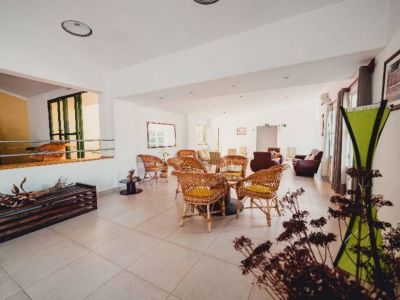Wildlife in the rainforests of Salta
Birdwatching, as well as wildlife mapping, are ideal activities to get deep into the rainforest in Salta. Unique moments that may only be repeated through a photograph.
It was impossible. Before anyone could focus on it, the large bird sensed our presence and flew away desperately searching for shelter inside the rainforest. In spite of our frustration, we all took down the name of the bird we had identified on the card our guide had given us. We recorded the time and place where we had spotted it and wrote “No” on the item “Could you photograph it?”. The tour had started just half an hour before and during that time, we had seen over twenty different kinds of birds. Some of them were toucans, dusky-legged guans, lapwings, chaco chachalacas and small colorful birds such as rufous-collared sparrows, golden-billed saltators and greyish saltators, and even the elusive common bush-tanagers, as well as the flocks of large green parrots that flew over our heads practically during the entire birdwatching tour. Water birds, such as the cocoi herons, the whistling herons, the great white egrets, the black-crowned night-herons, as well as the grey-necked wood-rails, the yellow-billed pintails and the cinnamon teals, were printed on our films. What is a Photographic Safari? Photographic safaris enable man to interact with nature without causing any damage. On the other hand, respect is without any doubt the main requirement from tourists who wish to take part in birdwatching tours. It consists in getting deep into several sections of the rainforest in Salta which are practically unspoilt by human presence. Therefore, the presence of guides or locals who are perfectly familiar with the area and the typical species is totally necessary. This part of Salta has a thick tropical vegetation that grows freely. It is possible to watch large species of walnut trees, cedar trees, oak trees, laurel and floss-silk trees mingled with myrtle trees, pineapple guavas and ferns of all sizes. Lianas and creepers of incredible sizes are also present with colorful flowers of all kinds which give the place an amazing mixture of color and perfume. Ideal for a photograph. Both during the day and at night, the rainforest is inhabitted by countless astonishing sounds. This is a natural shelter for jaguars, cougars, tapirs, squirrels, ocelots, foxes, crab-eating raccoons, red brockets, peccaries and southern tamanduas, among many other wild animal species. There are even those who have spotted small monkeys who soon get mingled with the environment and get lost into the highest canopies. The dorado is the protagonist of almost every river and creek bathing the rainforest. Photographic hunting tours have become the new method discovered by man in order to satisfy their infinite hunting spirit. Aware of the events taking place nowadays, in which species depredation and endangerment are increasing, the photographic camera today represents a perfect replacement for the old hunting rifle. Every time we look at it, a photograph will recreate the precise instant in which we shoot (our camera). Killing has become easier and unpunishable. Quite unfortunately. What is really difficult, the real challenge man faces today is to give life, or at least not to deprive any creature of it.
Pablo Etchevers
Pablo Etchevers





















